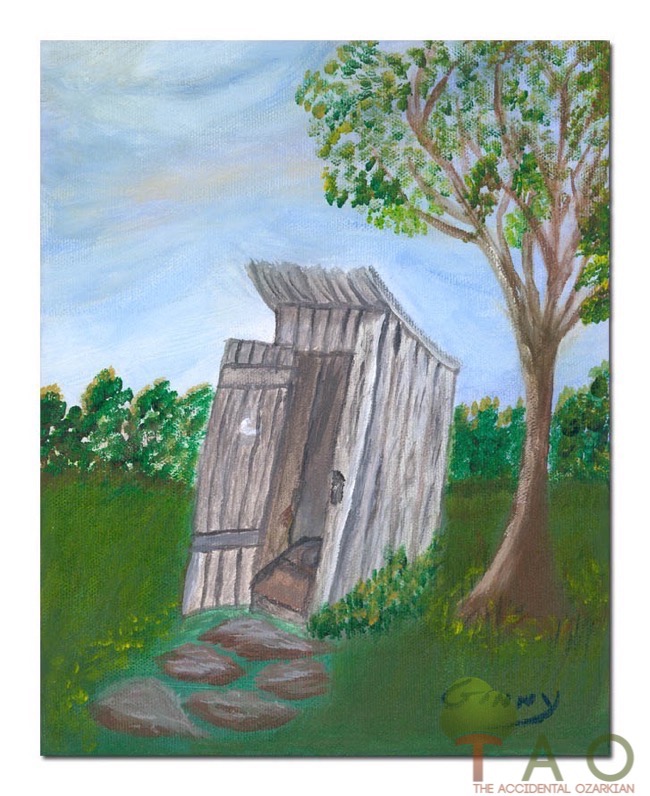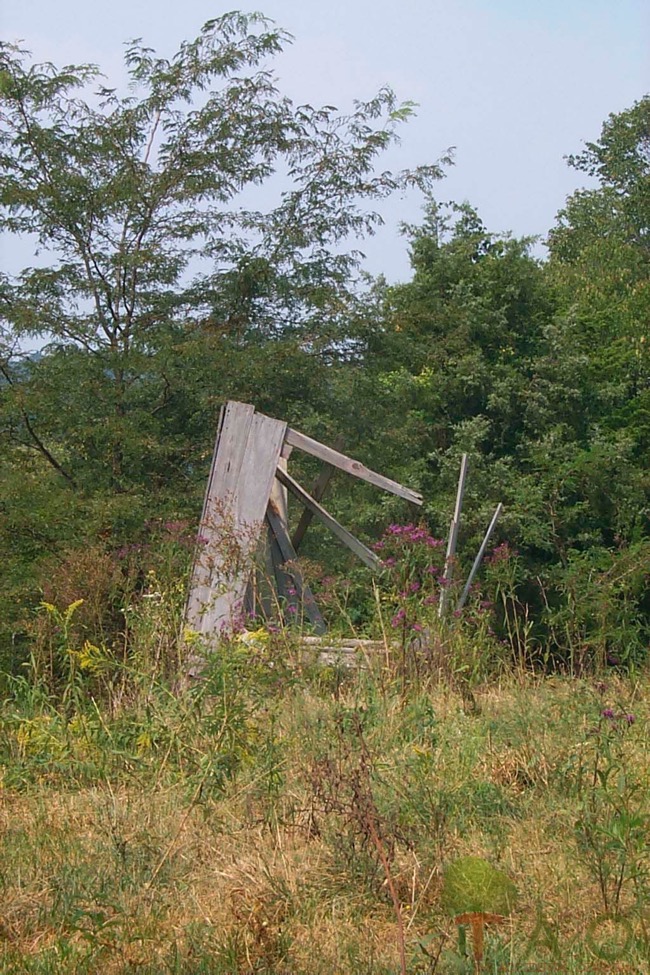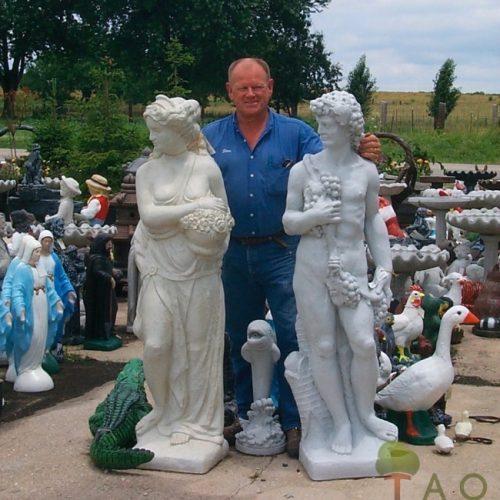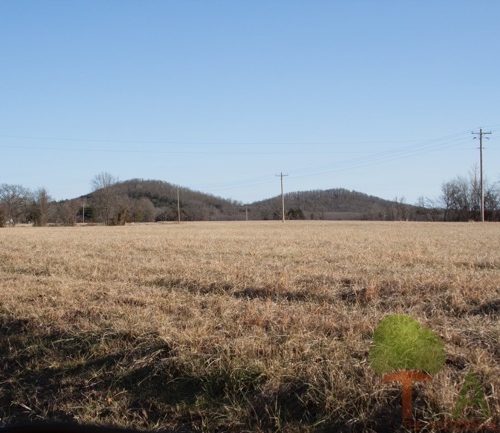Referred to as the backhouse, the outhouse, the John, the Dooley, the W.C. (water closet), the little house, or the privy, these little buildings can still be found tucked in the nooks and crannies of the Ozarks and in your neck of the woods, too. Many are still in use today.
Especially at this time of year, we may want to reflect upon what the privy symbolizes. We also should remember that it wasn’t so long ago that privies were an integral part of our culture. Some folks have even suggested that certain privies should become historical monuments, listed in the National Historic Register.
In my search to dig down deep enough to find an appropriate symbol of the privy, I found several interesting books and assorted points of view.
A Canadian author, Muriel E. Newton-White, wrote in “Backhouses of the North” that “the backhouse symbolizes the hard work, thrift, quietness and the spirit of adventure that help to make up the charm of rural and small-town life.” She added that privies “enriched their surroundings” and were an “asset.”
Another astute observer of the symbol of the privy is Jerry Crownover, author of the column, “Life is Simple.” He wrote he does not consider a trip to the outhouse as part of the nostalgic “good old days.” As a matter of fact, Crownover threw a party in honor of the last issue of the Sears, Roebuck & Co. Catalog. To him, the end of the catalog meant the end of the privy.
Closer to home, though, are the recorded interviews with Ozarkers who reminisced to students in Ellen Gray Massey’s English classes in Lebanon, in the 1970s-80s, about privies and other things. Massey compiled the interviews into several books, called the “Bittersweet” collection.
In this collection, Homer Massey recalled the first improvements in privies came about after the WPA (Works Progress Association, often referred to as “We Piddle Around”) starting building them. According to Massey, the WPA’s privies had a four-inch form of concrete for the seat.
 Lois Beard remembered the importance of making boardwalks to the privy. After all, the popular trail could become mired down quickly, especially during a rainy spell. She and her kin went out to the sawmill to get free slabs of wood to make the boardwalk. Then Beard would sweep the path to the outhouse with a buckbrush broom, which she said was “the stiffest little brush you can find.”
Lois Beard remembered the importance of making boardwalks to the privy. After all, the popular trail could become mired down quickly, especially during a rainy spell. She and her kin went out to the sawmill to get free slabs of wood to make the boardwalk. Then Beard would sweep the path to the outhouse with a buckbrush broom, which she said was “the stiffest little brush you can find.”
Beard also recalled driving two nails side by side, with a string running between for the catalog. She said she put the catalog “where nothing bothers it.” Beard said that sometimes birds would fly in and steal a page, and that rodents liked the paper and corncobs that were often found on site.
Another interviewee, Pearl Massey, picked up on the theme of sharing the privy with critters. She recalled when a hen made a nest in her privy and a black snake found the eggs appealing. For this reason, she surmised, “There was never a line to the outhouse.”
My favorite author of privial things, though, is Chic Sale, who in 1929 billed himself as the premier privy contractor. In his book, “The Specialist,” he made philosophical recommendations for constructing a privy.
He recommended a lean-to roof instead of a pitched roof because it had “two less corners for wasps to build their nests in.” He also suggested using a hook and eye to secure the door instead of spool and string. He wrote, “Put on the hook and eye of the best quality ‘cause there ain’t nothing that’ll wrack a man’s nerves more than to be sittin’ there ponderin’ without a good, strong substantial latch on the door.”
According to Sale, the door should swing inward – about 45 degrees – because then you get “sun and air on a good day,” and “you can quickly shut it.” He also recommended putting a ventilation sign on the door and preferred crescent moons.
Perhaps his most intuitive recommendation was to stack the woodpile near the outhouse. That way, when modest women decided to change their course until the coast was clear of observers, they had an excuse for the trip outside.
So, what does the privy symbolize? As an ex-English major, I think it symbolizes the age-old conflict of Man vs. Nature. Who won? Well, who moved out?
February 20, 2006




